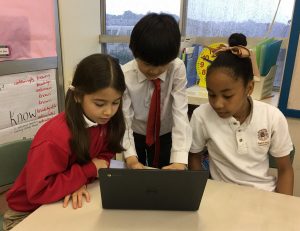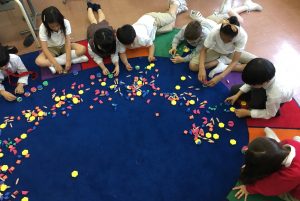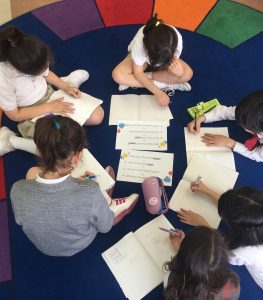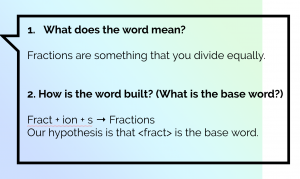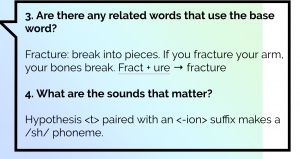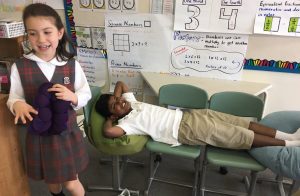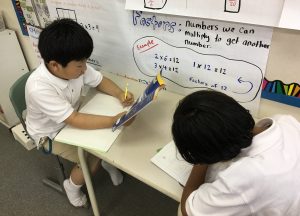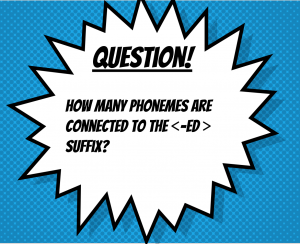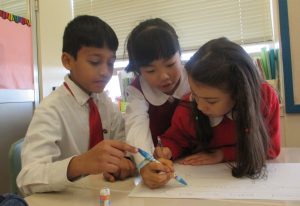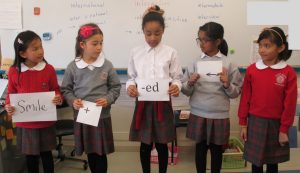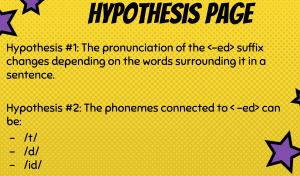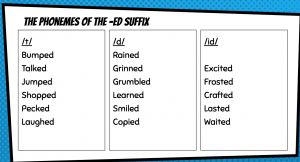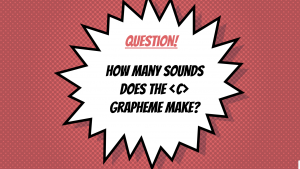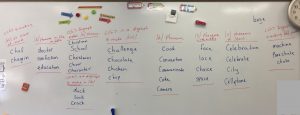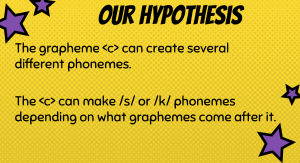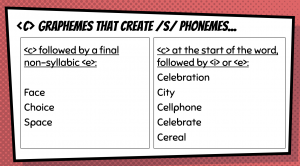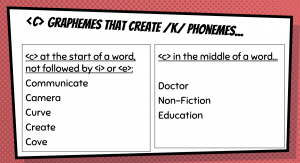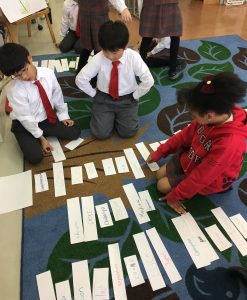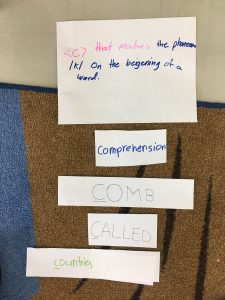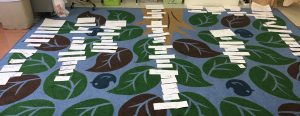Maths: Fractions
We are learning about fractions! We have been learning how to share an divide delicious treats such as brownies into equal portions. We have also been studying equivalent fractions. One rainy day we kicked off our wet shoes and spent time playing with our fraction pieces, experimenting with equivalent fractions:
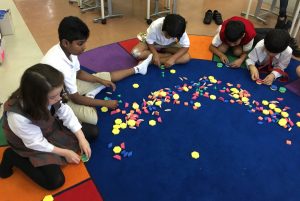
SWI: Fractions
During a maths lesson one of the Grade 3 students developed a question: “We know that <-ion> is a suffix, so does that make <fract> the base word?” The students discussed this question for a few moments, unsure if <fract> could be a word by itself. We wrote down the question and delved deeper at our next SWI session.
The students began their investigation by observing the word <fractions> and going through the four investigation questions to help guide their study.
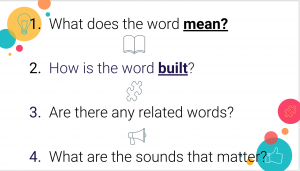
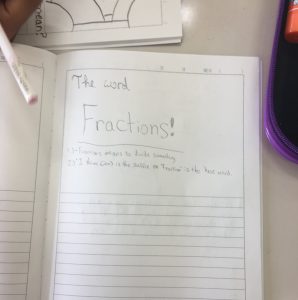
After we spend some time looking at our word and going through the questions, we recorded the hypotheses and data that we had collected. Here are some answers that the students provided:
The investigation is still taking place and the students have developed a further question: “Does a base word need to mean something when it is by itself, or can the meaning come when affixes are added?”
Writer’s Workshop: Fairytale Drama
3B students have been crafting and writing fairytale adaptations! As they develop their story telling voices, the students have been asked to work together in groups to create and act out their own dramatic retelling of fairytales.
The students are enjoying the process of developing scripts and practicing their lines so that their voices and actions help to tell the story.
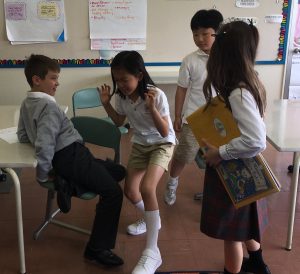
Reader’s Workshop: Research Presentations
The students have formed research groups to study their animal topics of choice. They must work together to study a range of subtopics, sort through a variety of resources, and use technology to create a presentation to share with their classmates.
Each group is working on communicating so that they can collaborate on their shared presentation. In their own groups they have decided which task each member will handle so that they are making good use of their time. Their presentations are going to be awesome!
